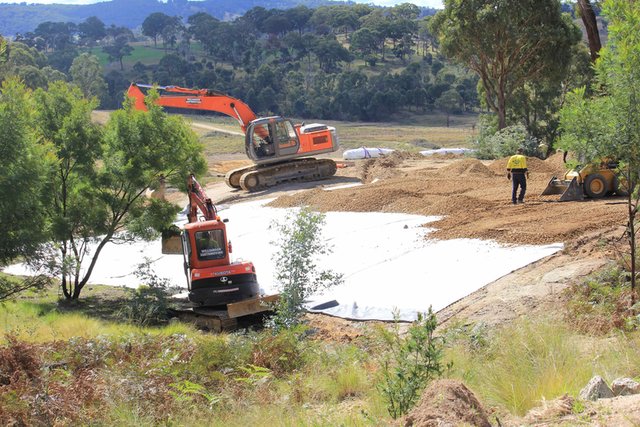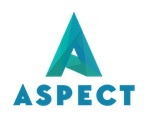I
In some health and safety studies, the three drivers for managing health and safety are cited as:
- Legislation – most countries have formal health and safety legislation
- Financial – good health and safety makes good business sense and can save money
- Ethical – good morals or ethics drive people to prevent harm to others.
Indeed. these same drivers have appeared on some Regulator’s websites1.
The NSW Resources Regulator is conducting a review of the State’s work health and safety legislation for mines and petroleum sites (WHS (MPS) laws). This important activity is consistent with the approach to harmonised WHS laws and should ultimately enhance the current WHS (MPS) laws to produce better health and safety outcomes. As with the introduction of harmonized legislation, this review will trigger a change, which will require careful and considered management.
Mining houses across Australia have over the years led the battle to demonstrate that financial success can be achieved in harmony with industry best practice and world class environmental, health and safety (EHS) standards. This has not always been the case in mine closure2.
Unfortunately though, the ethical driver has to some degree relied upon health and safety’s old enemy, Common Sense. Voltaire penned the phrase “common sense is not that common”3. In other words, what may appear to be common sense to some, may not be all that clear to others. To illustrate, recall Prime Minister Scott Morrison appealing to Australians to apply common sense in following the Department of Health’s Covid-19 guidance and the ensuing confusion4. Common sense is an unreliable control measure.

More than half of the country’s coal mines are managed by pro-Russian separatist militia.
Credit: DmyTo/Shutterstock.
Mine Closure Challenges
These same three drivers are equally applicable to care and maintenance of assets and mine closure:
WHS laws apply to mine closure as they would to any active mine. It stands to reason, given that there are similar hazards to which workers are exposed during rehabilitation works as there would be during mining activities.
Financial metrics are managed by mitigating and monitoring costs, which may impact health and safety outcomes since the operational health and safety precautions are no longer feasible.
Ethical drivers remain perilously close to a ‘common sense approach’ instead of a risk-based approach.
Therefore, care and maintenance and mine closure require considered change management because:
- there is no longer a source of revenue from mining the resource and there is a change from actively mining the resource, which delivers profit, to maintaining or rehabilitating the asset, which is simply a cost without
- staffing – including supervision of staff – is substantially different to full operation mode
- hours of operation may change and ability to work overtime is affected
- new or different plant and equipment could be introduced
- activities may be altered from the normal activities
- regularly repeated activities run the risk of allowing complacency to set in, which may result in short cuts being taken and increased risk of harm
- new potential hazards may be introduced, such as psychosocial hazards in the form of aggression and intimidation from a landowner, interest groups and/or the community
The challenge is that mine closure is a phase of an assets lifecycle that is not particularly sexy to an asset owner. There is environmental legislation requiring appropriate maintenance or rehabilitation to set criteria, which requires workers to attend the site not in any capacity to produce profit.
At the same time the health and safety of workers attending the site are faced with a set of hazards that may have changed, some of which may not have been identified.
How do we Solve a Problem Like Mine Closure?
Enter ethical mine closure. Mine closure represents an opportunity to integrate the same three drivers, legal, financial and ethical, to deliver sound EHS management into the care and maintenance phase and the mine closure phase.
Structured EHS management systems address change management and and follow a systematic approach to manage the EHS risks associated with change management. Managing EHS risks will focus on combining the same three drivers into achieving legal compliance, sound commercial management and ethical EHS outcomes through the closure process.
Benefits include:
- A structured approach to change management that is built on systematic EHS management
- Legislative compliance
- Financial metrics being monitored, measured and reported
- Planning, managing, achieving and measuring sustainable EHS outcomes during this phase of the asset’s lifecycle that is possibly far less sexy to the asset owner but extremely important to the custodians of the land as well as the State.
Early identification and management of change will enable more assets to achieve the goal of relinquishment and ultimately do so in a manner that is ethically driven.
Aspect seeks to provide clients advice that facilitates understanding of the roles and responsibilities of owners, operators, contractors and stakeholders to:
- identify risk associated with change
- maintain local (site) control to provide management of beneficial site outcomes
- enhance confidence in site awareness, understanding and capability in managing site-specific hazards
- For example, see https://www.hsa.ie/eng/Topics/Managing_Health_and_Safety/
- The NSW Auditor-General’s Report – Performance audit – Mining rehabilitation security deposits, May 2017
- Voltaire Dictionnaire philosophique portatif, 1764, See https://idiomation.wordpress.com/2015/09/01/common-sense-is-not-so-common/
- For example, see https://www.smartcompany.com.au/business-advice/politics/essential-services-australia-covid-19/
Contact information

Suite 117 / 25 Solent Circuit
Baulkham Hills
NSW 2153

